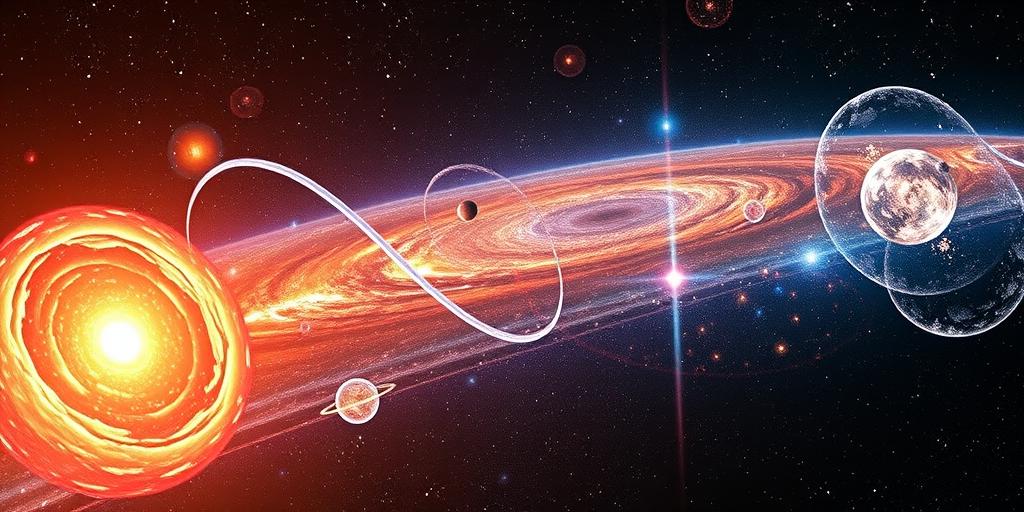The Big Bang Theory: Evidence and Unanswered Questions
The Big Bang theory is the prevailing cosmological model for the universe. It states that the universe was once in an extremely hot, dense state that expanded rapidly. This expansion caused the universe to cool and resulted in its present size and composition. While the Big Bang theory is widely accepted, it's essential to understand the evidence supporting it and the questions that remain unanswered.
Evidence for the Big Bang Theory:
Cosmic Microwave Background (CMB): The CMB is the afterglow of the Big Bang, a faint radiation permeating the universe. It was discovered in 1965 by Arno Penzias and Robert Wilson. The CMB provides strong evidence for the Big Bang because it matches the predicted temperature and spectrum of the radiation released shortly after the Big Bang.
Redshift of Galaxies: Edwin Hubble discovered that galaxies are moving away from us and that the farther a galaxy is, the faster it is receding. This phenomenon, known as redshift, indicates that the universe is expanding, which is consistent with the Big Bang theory.
Abundance of Light Elements: The Big Bang theory predicts the abundance of light elements such as hydrogen, helium, and lithium in the early universe. Observations of these elements match the predictions of the Big Bang theory, further supporting its validity.
Large-Scale Structure: The distribution of galaxies and galaxy clusters in the universe is not random. Instead, they form a large-scale structure known as the cosmic web. The Big Bang theory, combined with the theory of structure formation, can explain the formation of the cosmic web.
Unanswered Questions:
What Caused the Big Bang? The Big Bang theory describes the evolution of the universe after it began expanding, but it doesn't explain what caused the initial expansion. One possibility is that the Big Bang was caused by a quantum fluctuation in a pre-existing state.
What Is Dark Matter? Dark matter is a mysterious substance that makes up about 85% of the matter in the universe. It does not interact with light, making it difficult to detect directly. The existence of dark matter is inferred from its gravitational effects on visible matter and the CMB.
What Is Dark Energy? Dark energy is an even more mysterious substance that makes up about 68% of the energy in the universe. It is responsible for the accelerated expansion of the universe. The nature of dark energy is unknown.
What Happened Before the Big Bang? The Big Bang theory describes the evolution of the universe after the Big Bang, but it doesn't explain what happened before. Some theories suggest that the universe may have existed in a different state before the Big Bang, such as a multiverse or a cyclic universe.
Conclusion:
The Big Bang theory is a well-supported model for the evolution of the universe. However, it still leaves many questions unanswered. Scientists are continuing to investigate these questions using observations, experiments, and theoretical models. The answers to these questions will provide a deeper understanding of the universe and our place in it.









